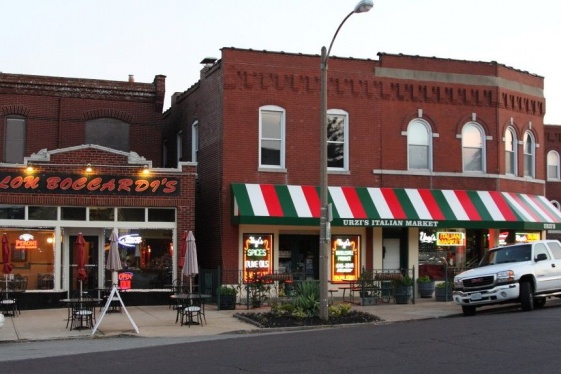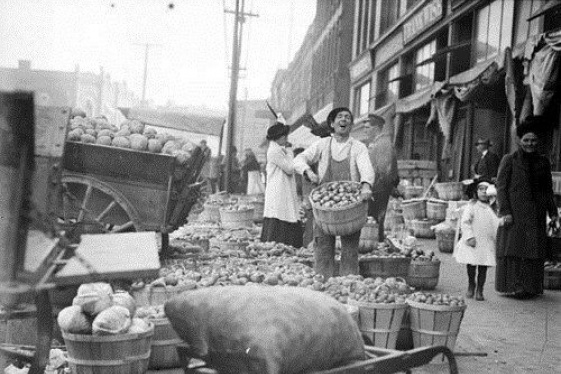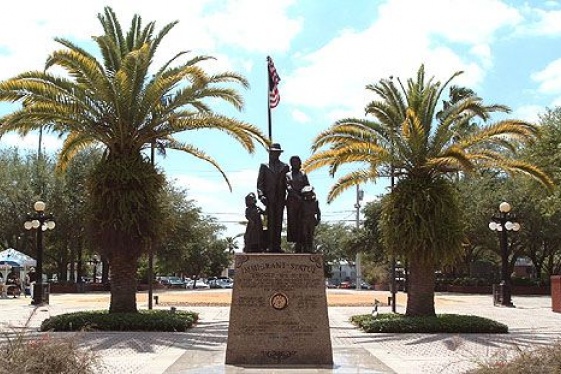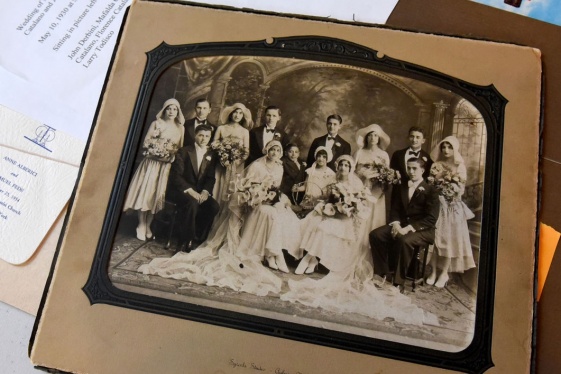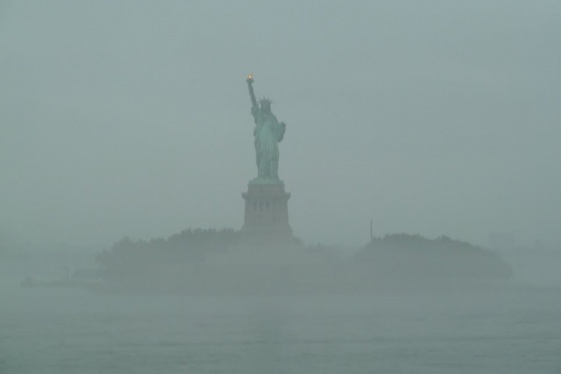

BY: Carmelo Cutuli
The transoceanic migratory event of the second half of the 19th century contributed to mark a specific form of ethnic settlement in the United States. In that historical phase, in the Americas, the migratory process took on mass characteristics starting from the 1870s, when more than 2.8 million immigrants arrived in the country, ninety percent of whom coming from northern Europe.
By the end of the century, however, the situation turned upside down as the next nine million emigrants who arrived on Ellis Island, around the year 1890, came mainly from southern Europe. The Italians, among them, were considered a very poor population, illiterate, irregular and disorganized when compared to those coming from other parts of Europe.
This was unfortunately the general perception, inserted in an institutional and social framework that saw strong contrasts between those who considered immigrants a resource for development and those who tended to reject them in a continuous way, stopping their arrival at Ellis Island and rigidly selecting those who tried to enter the United States.
The formation of housing settlements, often segregated, is an emblematic example of this context. In American Little Italy, similarly to what happened in China Towns, the cultural traditions of the areas of origin survived unaltered and often gave rise to vertical sub-communities such as the Little Sicily, built by emigrants from small villages in Sicily. Here the communities were cemented around the traditions of origin.
In 1860, only one thousand and four hundred Italians lived in the city of New York working as dockers, greengrocers or grinders. during the first years of the 20th century, of the approximately two million Italians who arrived in America, the majority settled in New York. Then, in the thirties, Italians made up seventeen percent of the city's population, counting one million people.
Many of these were Sicilians and the first communities were centered on Mulberry Street, today Little Italy. Elizabeth Street was strictly a Sicilian 'colony' while Mulberry Street was largely inhabited by Neapolitans and Mott Street by Calabrians and Apulians. Within Elizabeth Street, each block or apartment was occupied by people from a specific Sicilian city.
To give an idea of the level of clear separation of each group within these communities, just think that the marriage between Sicilians of one block and the other was considered an exceptional event.
Between 1880 and 1950, the perception of the Italian presence in the American society system experienced alternating events, such as the plastic representation of that community, and the data available on the quality and social origin of the elites, in this period, rarely confirm the presence of Italian descendants in the American ruling class.
In this context, the contribution of various Italian emigrants who, between the end of the nineteenth century and the first half of the twentieth century, made an enormous contribution to improving the reputation of the Italian community in the United States is recorded. Among them Antonio Meucci, Joe Petrosino, Dr. Vincenzo Sellaro, Arturo Toscanini, Enrico Caruso, Rodolfo Guglielmi (aka Rodolfo Valentino) and many others.
You may be interested
-
“The Hill” St. Louis’ Little Italy
When the fire hydrants begin to look like Italian flags with green, red and white stripes,...
-
An Unlikely Union: The love-hate story of Ne...
Award-winning author and Brooklynite Paul Moses is back with a historic yet dazzling sto...
-
Polisena delivers address as state lawmakers...
"Italian-Americans came to our country, and state, poor and proud," Johnston Mayor Joseph...
-
The “Little Italies” of Michigan
In doing reseach for this post, I was sure that Italian immigrants found their way to Detr...
-
Ybor City – Florida’s Little Italy
"The people who had lived for centuries in Sicilian villages perched on hilltops for prote...
-
''La Gente di Mulberry Street'' presentato a...
Valsinni- Italia, terra di emigranti. Presentato a Valsinni il nuovo saggio storico di Raf...
-
'A better life': Cayuga Museum showcases Ital...
When Cayuga Museum Executive Director Eileen McHugh was approached by a group of Italian-...
-
'America: Promised Land' reveals how immigran...
The subject of immigration has always been a hot political topic in the United States. The...



